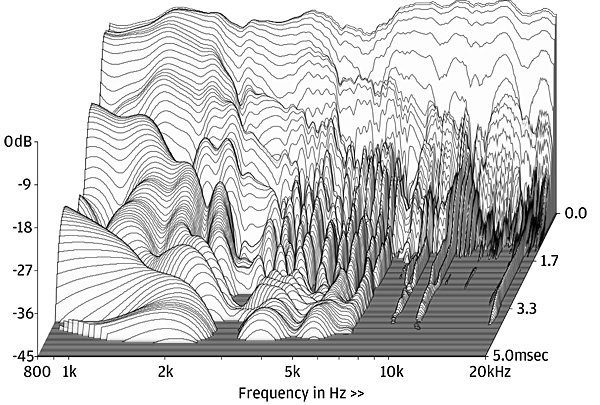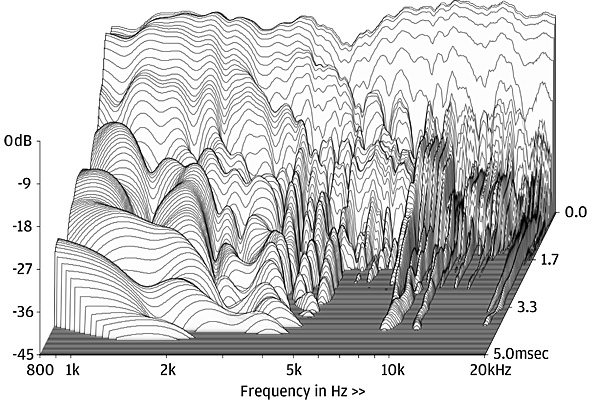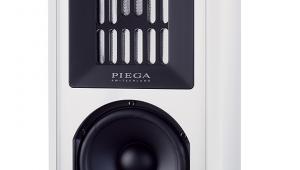B&W 801 D4 Loudspeaker From 800 D3 To 801 D4
With B&W's previous flagship 800 D3 seeing service as our reference loudspeaker for the past five years, the arrival of the new 801 D4 gave us the perfect opportunity to compare 'old' with 'new' and examine, in detail, the subtlest of its revisions and upgrades. The headline is this: while there are differences between the forward response, bass tuning, impedance and THD, these are secondary to how the improvements in resonance control and spurious output impact on the D4's subjective transparency and low color.
The Basics
Sensitivity is a high 89.5dB (2.83V/1m/500Hz-8kHz) for both D3 and D4 but detail improvements in the design of the drivers has pushed distortion down by ~6-8dB in the 801 D4 – typically <0.3% from 60Hz-200Hz to 0.05% through the midrange and <0.25% above 10kHz (all re. 90dB SPL at 1m). We've seen lower treble THD before, but the 801 D4's figure simply reflects the extended ultrasonic response of the 'Diamond Dome' [pink shaded area, Graph below].
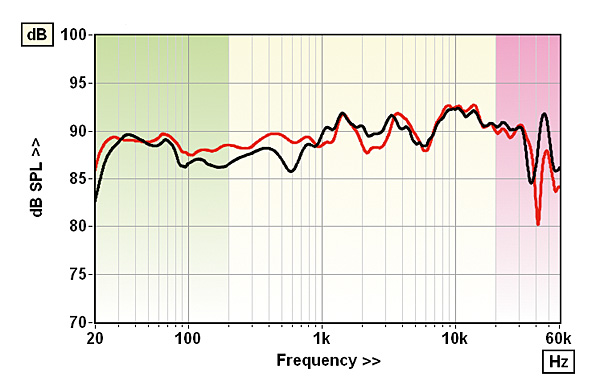
This feature is shared with the 800 D3 but there are changes in bass/mid response between 70Hz-1kHz where the D4 is shelved down by ~2-3dB [black trace, above]. The biggest difference occurs after the 400Hz crossover where B&W has changed an inductor value and lowered the Fs (free-air resonance) of the Continuum driver – the dip in response coincides with an increase in impedance at 460Hz from 3.7ohm (D3) to 5.8ohm (D4) [grey vs. black trace, Graph below] and a slight increase in phase angle 'switch' [orange vs. red trace].
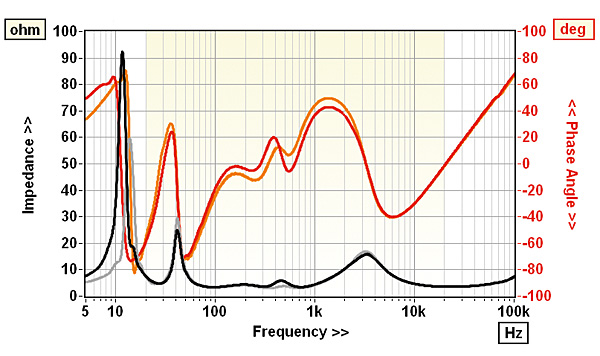
Loading And Resonances
In general terms both the D3 and D4 represent current-hungry loads for any amplifier but the newcomer is arguably just that bit kinder. While the former presents a 3.02ohm/340Hz minimum (and a low 4.0ohm coinciding with a phase angle of –49° at 73Hz), the latter's minimum is 3.4ohm at 96Hz. The maximum swings in impedance phase are +50°/1.35kHz/6.15ohm and –72°/52Hz/8.8ohm for the 800 D3 compared to +43°/1.38kHz/6.55ohm and –71°/48Hz/10.1ohm for the newer 801 D4.
However, none of this shows us why the presence/treble sounds cleaner. The new 'Biomimetic' suspension [pictured below] eliminates the resonances inherent with the old [yellow] spider while the three tuned-mass dampers further 'deaden' the Turbine/tweeter heads. The deep suppression in spurious output above the 4kHz crossover at 5kHz-9kHz [see CSD waterfalls, below] is indicative of the changes to both the 801 D4's mid and treble environment.
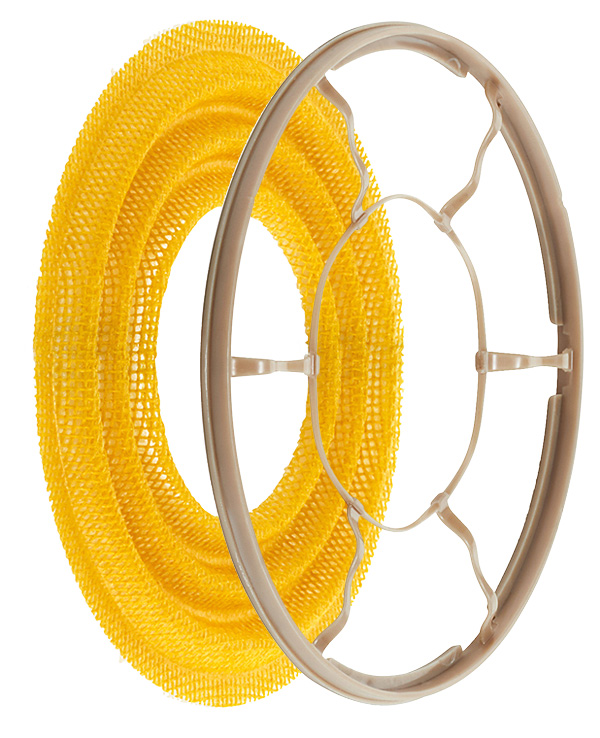
The Deepest Bass
Nearfield analysis reveals that while both the 800 D3 and 801 D4's woofers have almost exactly the same 31-420Hz bandpass, there is a higher (+8dB) level of spurious output above the 400Hz crossover from the upper 800 D3 woofer. The D3 also shows a fractionally lower 17Hz bass extension, versus 19Hz for the new 801 D4, but the +3dB lift below 70Hz (re. 200Hz) might well lend the newcomer the perception of extra rib-tickling heave.
There's more to this, of course! The 801 D4's 'tweaked' bass alignment is best seen in the impedance/phase plots [Graph, above] than the nearfield responses with all the 'action' now focused below 20Hz. The 800 D3's major phase angles of +66°/9.5Hz and –73°/14Hz are shifted 3Hz lower in the 801 D4 while the Fs is down from 13.7Hz (grey, D3) to 11.5Hz (black, D4), and the peak impedance lifted from 60ohm to 92ohm.
This reflects a change in the aerofoil woofers' suspension which is now more compliant and the throw more linear, the reduced mechanical losses seen in that lifted ~12Hz impedance [black trace]. Subjectively, the improved transient performance is realised not only in the bass but upwards towards a more open-sounding midrange. PM
